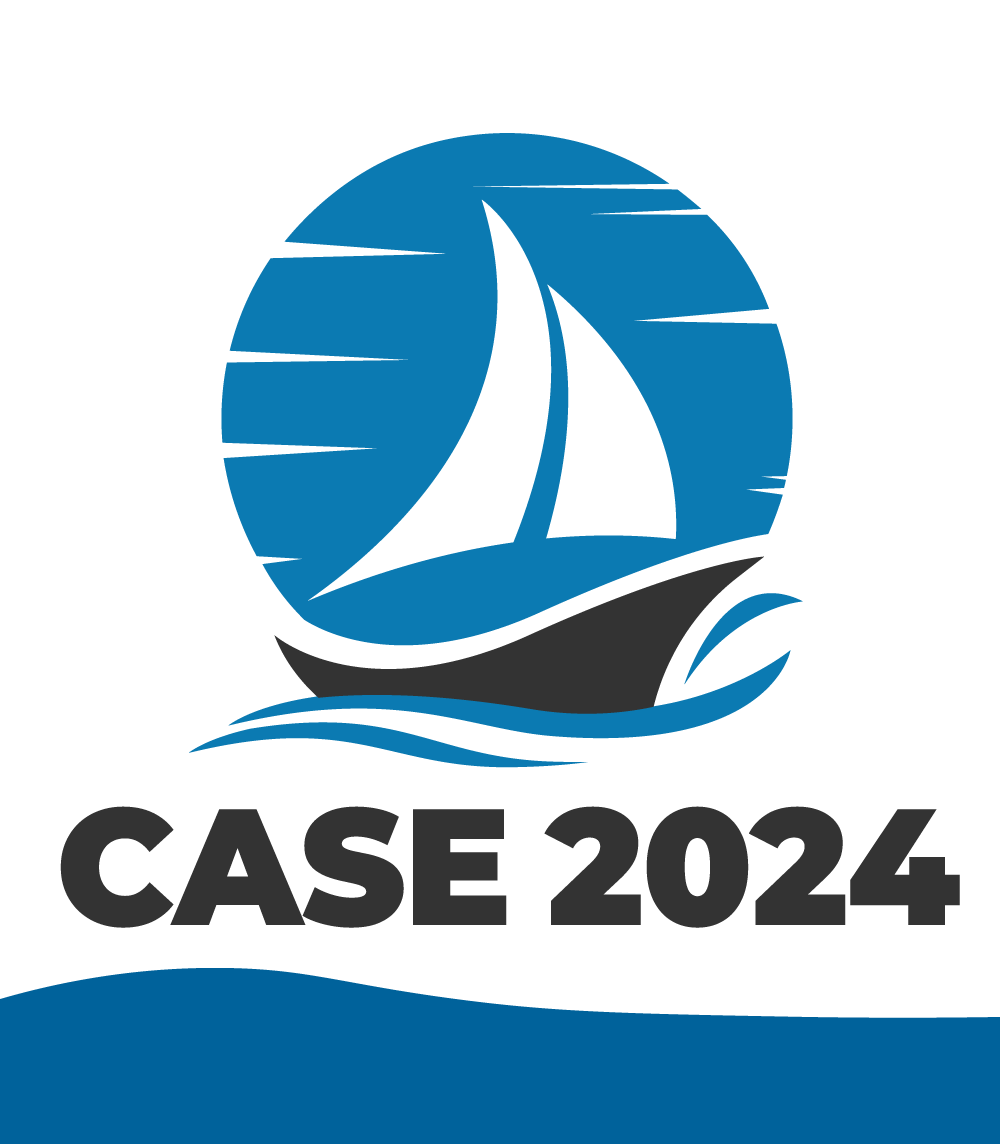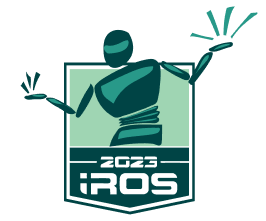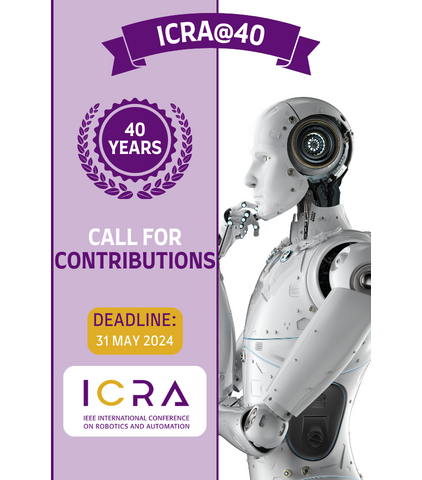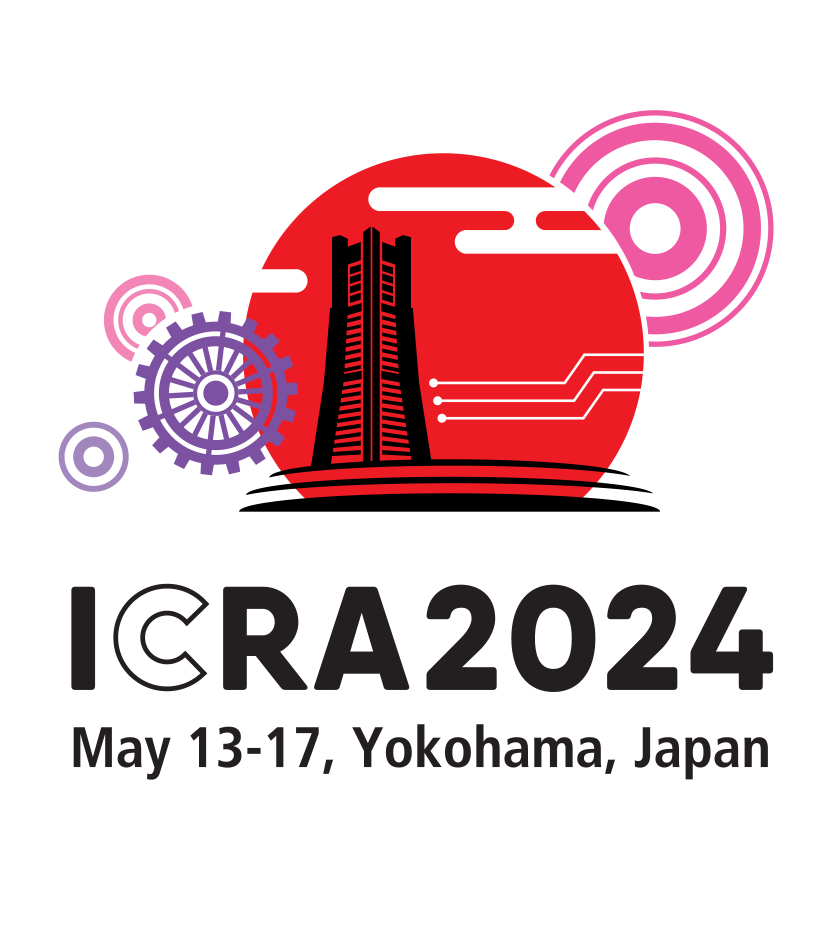Information for Reviewers
"How to Write a Good Review", by Paolo Robuffo Giordano.
Download a presentation on this topic
Following an email invitation by a member of the Editorial Board to review a paper for the IEEE TRANSACTIONS ON ROBOTICS (T-RO), you will be directed by a link to the appropriate page and review form in T-RO Papercept. Here, you can accept to review the paper or decline. In the latter case, you may indicate the name of an appropriate reviewer. Providing this suggestion is very much appreciated.
T-RO does not use double-blind review. The reviewers are never known to the authors, but the authors are always known to the reviewers. In this way, the paper does not hide relevant aspects (e.g., references to other papers by the same authors) that may be helpful for a balanced and fully informed review.
The paper review procedure of T-RO involves a recommendation prepared by the Associate Editor on the basis of peer reviews. The final decision on publication, sustaining or modifying this recommendation, is taken by the Editor handling the paper.
Please respect the deadline. As an author, you undoubtedly appreciate the importance of minimizing delays. Please provide detailed comments to the authors so as to support your recommendation. An appropriate review format could include: (1) a brief summary of the paper, to convey your understanding of the paper to the authors; (2) overall comments that summarize your opinion (but do not include your publication recommendation in the review text); and (3) a (possibly bulleted) list of more minor details, such as grammar or notation corrections, suggestions to improve figures, etc.
The following points are suggested for your comments:
- What is the contribution of the paper?
- Does the author explain the significance of this paper?
- Is the paper clearly written and well organized?
- Does the introduction state the purpose of the paper?
- Are the references relevant and complete? Supply missing references.
- If the paper is not technically sound, why not?
- If the paper is too long, how can it be shortened?
Please supply any information that you think will be useful to the author for a revision, for enhancing the appeal of the paper, or for convincing him/her of the weak points or mistakes.
Do not identify yourself or your organization within the review text. The reviewer's recommendation for acceptance or rejection should not be included in the comments to the author.
In your critical comments to the author, please be specific. If you find that the results are already known, please give references to earlier papers which contain these or similar results. If you say that the reasoning is incorrect or vague, please indicate specifically where and why. If you suggest that the paper be rewritten, give specific suggestions as to which parts of the paper should be deleted, amplified or modified, and please indicate how. If the paper has a multimedia attachment (typically, a video clip), please comment on this too. Is it consistent with the paper content? Does it enhance the contribution of the work? If it is a video, how is the technical quality? Is it free of commercialism?
If you feel that additional material (equations, graphs, tables, etc.) needs to be included in your review, you can attach a pdf file to your review. Please, mention in your comments to the author that you have prepared a pdf file with such material. The software we use to remove any author-identifying metadata from your pdf file may also remove annotations you make to the pdf submission (e.g., using Adobe Acrobat comment bubbles), so please do not provide comments by electronically annotating the submission.
T-RO considers papers that are evolved from previous conference papers by the same authors (see the policy on the Information for Authors page). You must not issue a rejection recommendation based on overlap with a previous conference paper, as this is a decision for the editorial board, not individual reviewers. You may express your opinion on the new contribution of the paper beyond the conference paper, but you should make your acceptance recommendation as if the conference version did not exist.
Upon completion of the review process of a paper, access to the Editor decision and to all anonymous reviews will be available to the reviewers through T-RO PaperCept.
Currently, there is one web review form for each paper category. The correct form for the paper in review is automatically loaded in T-RO PaperCept. Specific instructions for reviewers are contained also at the beginning of each form.
A partially completed review form can be temporarily saved and accessed again at will by the reviewer (you can log in with your PIN and password in T-RO PaperCept and access your workspace as T-RO reviewer). When finally submitted, the review cannot be modified further. To preview the structure of T-RO review forms, please follow the links below for downloading empty samples in PDF.







